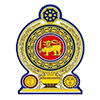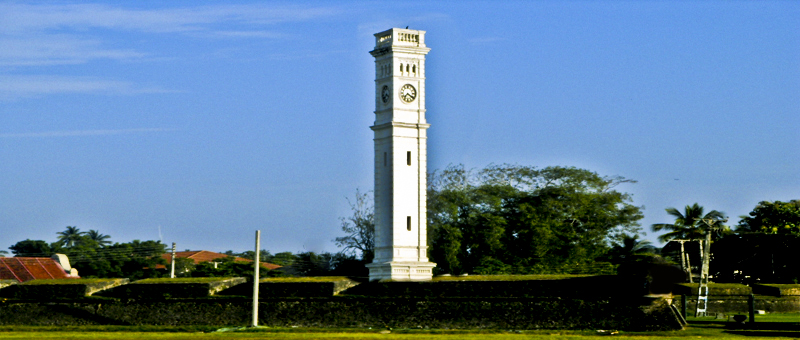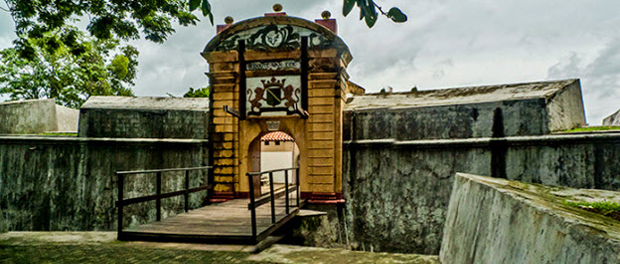News And Event
Justice Vijith Malalgoda was appointed as the President of the Court of Appeal on the 9th of September 2014.
Read moreThe Web site and the e-filing system of the Civil Appellate High Court of Matara, developed by the Computer Technology Department of Ruhuna University on the directions and guidance of His Lordship the Chief Justice Hon. Mohan Peiris P.C has been launched on the 28th of October 2014 by His Lordship the Chief Justice.
Read moreThe History of Matara Courts
It appears that the extension of courts in Matara area would have occurred within the legal frame work that existed within the Island. However definite information with regard to the divisional administrative structure that existed during the “Kings” administration cannot be found in Matara District. Nevertheless, there are evidence of places that were used for the purpose of taking oaths, which came under the criminal adjudication systems which existed during the “Kings” administration in Matara District. It is believed that “Divurum Pittaniya” situated closed to “Bisodola” in Thelijjawila area was used to administer oaths to Defendants and Plaintiffs during the period of the “kings” administration and colonial rule. (Widanagama, 2006:54)
Traditional state administrative system ended with the arrival of Portuguese in 1505. During the period of Portuguese governance, divisional law has been put in to effect by “Disawes” and “Basnayakas” were there to assist the “Disawes” to adjudicate cases. The “Disawes” had authority even to impose capital punishment. (Kamburupitiya Wanarathana Thero, 1994:23)
In 1736, the governors, William Baro and Room Imhope opened a Land Rad court in Matara area. A staff of officers including the revenue controller of Matara has been appointed for this court. Only the minor disputes were resolved in this court.
At the beginning disputes at village level have been resolved only twice a year. (Wanarathana Thero, 1994:28) Subsequently, Malimbada and Weligama Gamsabha courts have been established to resolve rural cases. Matara Fort and Tharaka (star) Fort have been used for administrative and judicial activities, during the Dutch period and the Appeals of Matara Land Rad court were referred to Galle High Court. The Final Appeal was to the Supreme Court situated in Colombo.
BRITISH RULE
After the Dutch administration period, an organized judicial system came into operation in Matara area. Under the British rule and the Judicial System of Sri Lanka was more formal. From 1798, a Supreme Court was in existence and in 1802, the Supreme Court was under the governance of a Chief Justice. Under the District Court system established during the Governor Maitland period, in 1802, the litigants of Matara had to attend the District Court situated in Galle (Liyanage, 2008:330)
In terms of the new judicial declaration that was put in effect from 01st of October 1833, the activities of the Supreme Court were divided into Courts of Assizes (Sessions). Southern session was conducted in Ambalangoda, Galle, Matara, Hambantota and Alupotha. The first session held in Matara commenced in the Methodist church in Matara Fort in 1855 and 71 cases had come up and 31 out of them have been concluded. (Silva, 1994). In addition to the Supreme Court sessions, held as at 1855, A District Judge, Magistrate, an Additional Magistrate and three Presidents of Gamsabha Courts served in Matara. (Liyanage, 2008: 331)
It appears that thereafter Court system in Matara was further extended during the colonial period. The Police Magistrate’s Court and the Court of Request had been situated in Dutch Fort. (Liyanage, 2008:331) In 1974, the Court of Request was later abolished. The Matara High Court was established in 1974.
SOURCES
- Paranavithana, S. (1953) The Shrine of Upulwan at Devundara, Colombo: Department of Archaeology.
- Mahawansa, 2004, Edition of Buddhist Cultural Mandiraya, Colombo.
- Wanarathana Thero, Kamburupitiya, (1994). Archaeological History of Matara, Piyasiri Printing System, Nugegoda
- Widanagama, D.C. (2006) Ruhunu Gam Dahayak, Godage saha Sahodarayo, Colombo.
- Silva, M.U. (1994) History of Civil Service in Ceylon, Author Publication.
- Liyanage, Jagath Padmasiri, (2008) “Extension of Judicial Process” Matara Wansa, First Half, Ministry of Cultural Affairs and National Heritages, Colombo.
- Wawwage Sumanasiri (2008) “History of Matara: From the commencement to 1500” Matara Wansa, First Half, Ministry of Cultural Affairs and National Heritages, Colombo.
- Gamage Dhammika Priyadharshani, (2009) Human Rights revealed by Inscription of Sri Lanka, Suriya Publications, Colombo.
- Wanarathana Thero, Kamburupitiya, (1950), Matara Wansa, Colombo.








